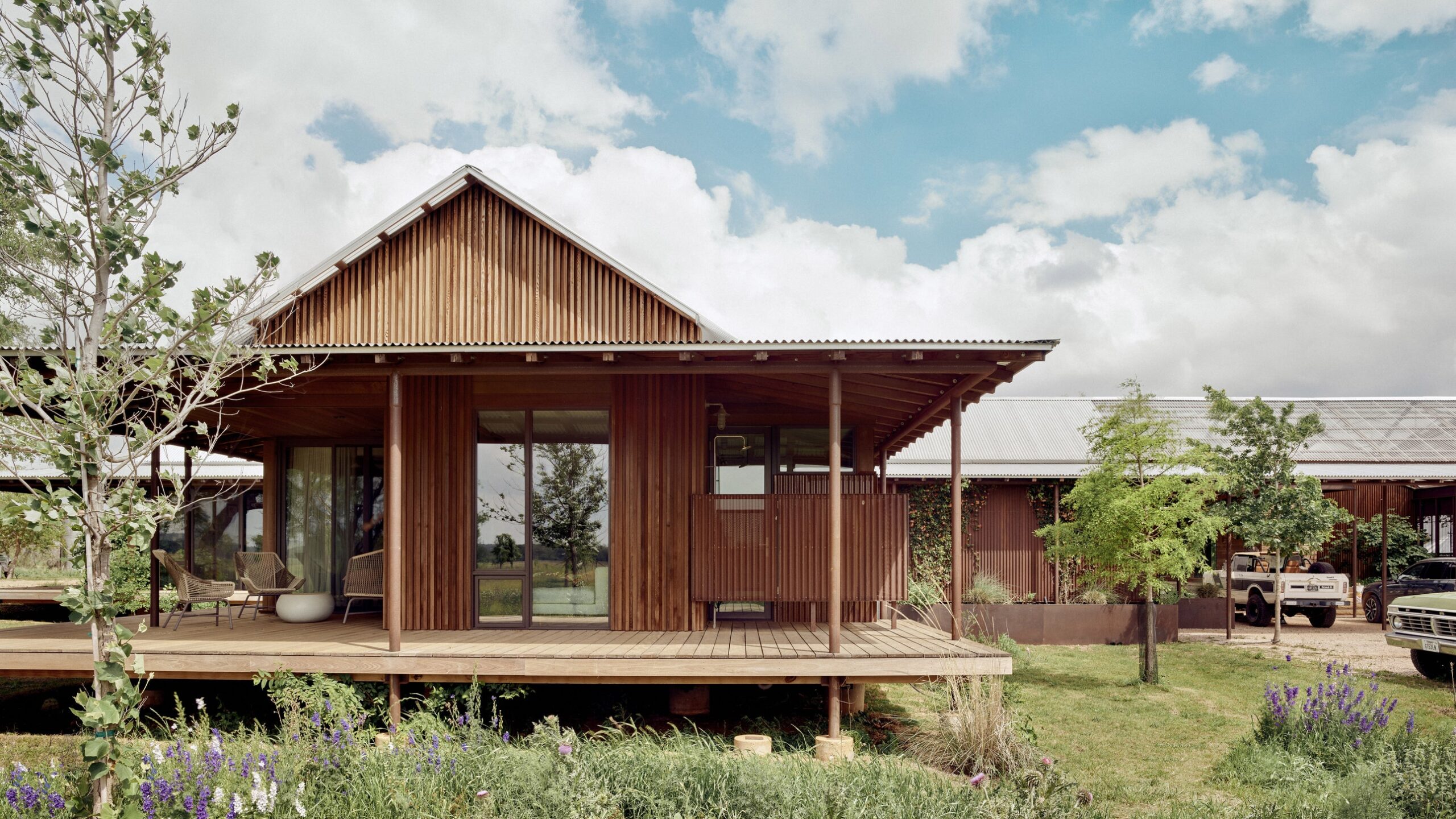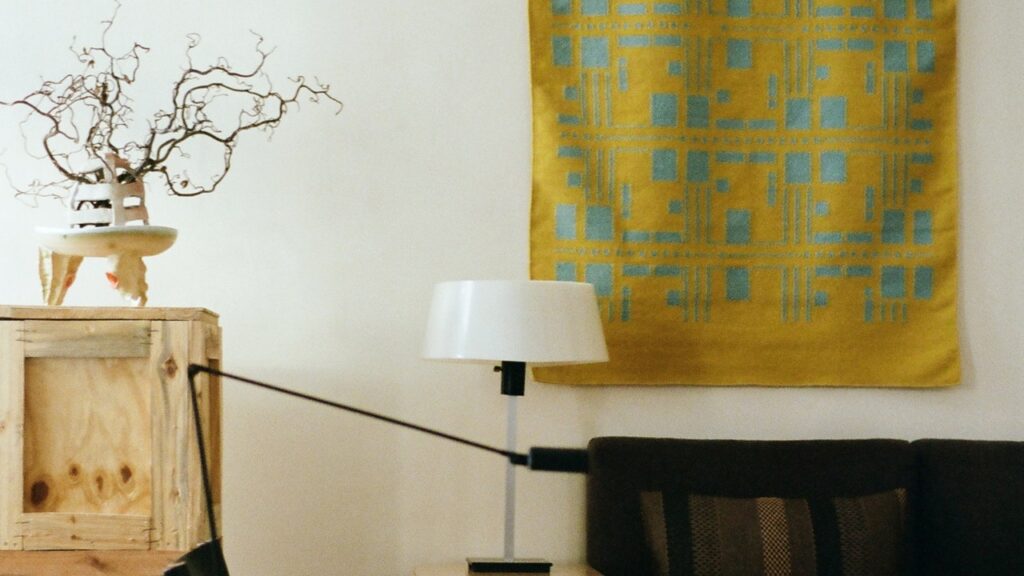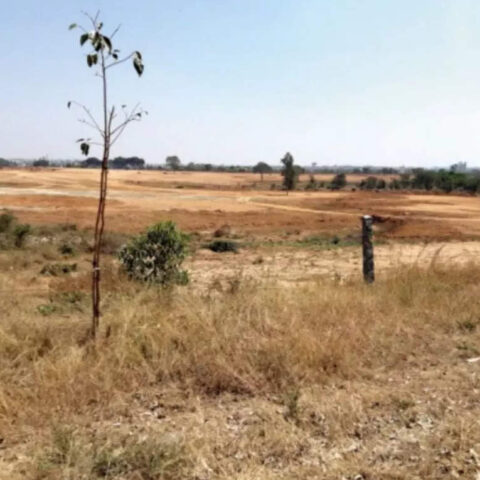During the pandemic, many of us shifted priorities, but homeowners Taylor Collins and Katie Forrest decided to shift lifestyles. In 2020 the couple and their young family was living in their native Austin, Texas, during the week and spending weekends working their bison, pig, and poultry ranch in Fredericksburg, an hour and a half drive away. Though their custom home in the city was admittedly not as urban as most—its location on a lot with preserved Barton Creek Greenbelt views gave the impression of living in nature—it was nothing like the wide open spaces Hill Country offers. That year, they decided to move to the ranch full-time and engaged Austin-based design firm Baldridge Architects to make it a suitable place for family living that embraces its connection to the land.
“Our goal for the project was a modern take on the historic settler-built houses in this part of Texas,” explains Collins. “Any residence here from the 1800s had a breezeway and was oriented to work with the ecosystem’s prevailing winds and sun patterns throughout the day. For our house, it also made a lot of sense as a functional architecture approach.” At the beginning of the pandemic, the Fredericksburg property was a mix of existing historic structures including barns, feed silos, and a 1,934-square-foot dogtrot-style house with bedroom and dining wings separated by a breezeway. Collins and Forrest had the small home built as a weekend retreat, but to live and run a business there full-time, it needed reimagining and expanding. Baldridge Architects renovated and designed a compound of porch-wrapped, gable-roofed volumes around it, creating a nearly 4,400-square-foot home where outdoor living is possible most days of the year.
“Separation is what really makes this work,” says principal architect Burton Baldridge, who had previously designed the family’s Austin home with colleague Brian Bedrosian. “The in-between spaces are key.” In the spirit of the central Texan dogtrot, the center of the house is a void—a carport and walkway to access the detached sleeping and living wings. A gabled roof covers the entirety of the home’s new building, visually uniting the bedrooms, kitchen, offices, dining and living room, home gym, and breezeway. Most of these spaces have outdoor covered porches that are built continuously like a wraparound terrace, while the carport has a corrugated polycarbonate section of roof to protect it from wet weather while allowing light to penetrate the home’s interiors. Because the project included both a renovation and new construction, Baldridge and his team chose materials carefully and aimed to make the old and new indistinguishable. The exterior is clad in plain sawn Douglas Fir and Corten steel siding with Clear Cedar vertical battens. The porch overhangs are braced by steel beams and Douglas Fir and steel columns, left untreated to naturally patina in the elements. The same steel is used for ceiling trusses, to particularly handsome effect in the monumental dining room.
The interiors are largely fabricated of white oak, including the many built-ins the architects designed to integrate storage, from a wet bar to a custom office-cum-podcast studio to the ebonized kitchen cabinetry. Where they are not, the architects chose hand-wrought finishes, like gypsum plaster walls and terra-cotta zellige tiles. Because so much of the house has exterior doors and windows to its porches and countryside views beyond, the spaces are warm and sunlit—a pretty backdrop to the family’s collection of what Collins calls “nature treasures,” including arrowheads discovered on-site by his daughter, Scout. Most of the furnishings were curated by Forrest, who prioritized natural materials and colors in the contemporary pieces to balance out rustic antiques like the large dining table set with BluDot leather chairs.
Beyond the collected decor, the real focus of the house is the ranch surrounding. Not only is the family constantly aware of their environment, but they are confronted by it daily as they traverse their pavilion-like abode.
“I don’t know of too many people who would want to live like this,” admits Baldridge. “But I’m really grateful that they did because I think the plan is extraordinary.” “The house’s design is an invitation for more of our life to be lived outdoors,” Collins adds. For a former city-slicking family looking to embrace their rancher life, it’s a perfectly unusual fit.









